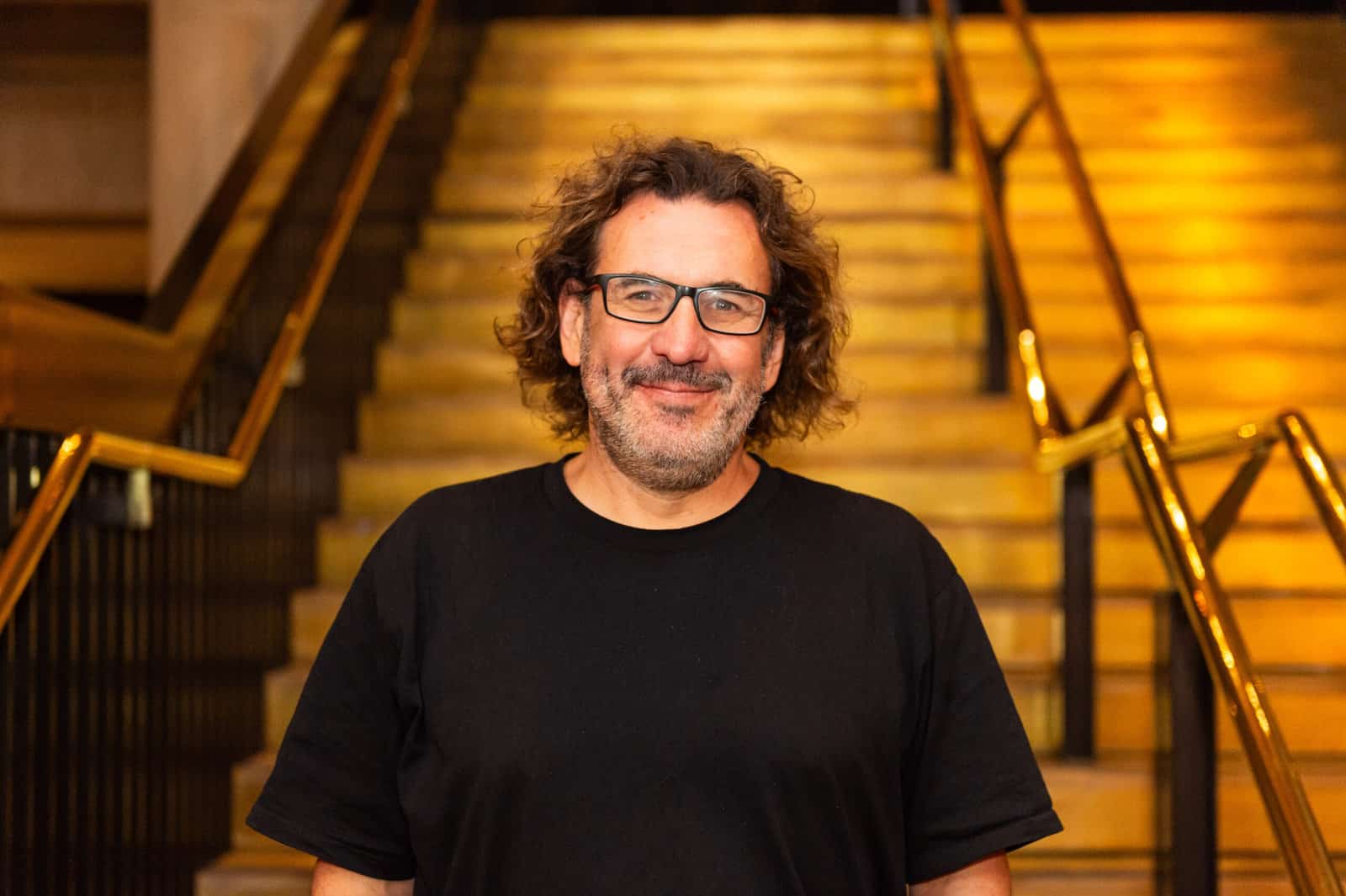Adam Ferrier thinks radio is the most emotive medium of all, but its low price has cheapened its perception. “They [radio companies] should just quadruple the price of everything,” he told Mediaweek after his presentation at Commercial Radio Australia’s HEARD conference yesterday.
The conference was bookended by the Thinkerbell co-founder and consumer psychologist talking about the emotional impact of audio, and Mark Ritson‘s presentation revealing that investing 11% of a campaign’s advertising budget into radio can double its effectiveness.
When asked whether he agrees with Ferrier’s declaration that radio should be more expensive, Mark Ritson said: “I see his point … I think I’d rather go with my approach, which is, it’s always gonna be like that. You’re not gonna put the price of radio up. What you’re gonna have to do is accept that Robin’s never gonna get beefy enough to be stronger than Batman.
“That’s the way radio is. It’s good value. It’s humble. It’s the sidekick.”
Ferrier’s presentation began without him on stage. Instead, his disembodied voice instructed the tech team to dim the lights, and turn off the big screens. He asked audience members to look into each other’s eyes, and played sexy music, which caused many to squirm, laugh, and talk. Over the din, Ferrier then told the women in the room to look at a man as Julia Gillard’s infamous misogyny speech came over the speakers.
When asked if he felt the experiment was successful, he said he did. “It kind of felt awkward and weird. But I also think it cut through. People laugh when we don’t know what else to do. So they were feeling something and it came out as laughter or giggles.”
The point he was making, he continued, was that “the emotional experiences of audio outweigh the emotional impacts of other mediums. And it’s fucking obvious. You get in your car and you start bawling, when you make love you put music on, if you want to start a revolution, you get a good soundtrack.
“You can have emotional experiences through audio, that are much more intense than any other medium. And it feels like the whole industry has kind of not embraced that.”
Yesterday, Thinkerbell also launched new work for Vegemite, welcoming Taylor Swift to the country with a playful billboard – located between Melbourne airport and the CBD – that read: “From one icon to another, welcome to Australia.”
That work took around four hours to turn around, Ferrier explained, although “we should have had that that idea weeks ago, and then we wouldn’t have had to turn it around in four hours.”
Work that gets out the door quickly, reacting to culture, is possible when the client and its agency partners – in this case, Bega, Thinkerbell, and Publicis’ Starcom – are on the same page. That four hours was split up into four minute blocks of time, Ferrier said.
“You’ve got the client who know their brand and can control their brand … you’ve got a creative agency who’s really creative, and you’ve got a media partner who’s willing to scrap and weave and dodge. And then that’s all you really need.
“That took me probably four minutes of my time. It would have taken somebody at Starcom four minutes of their time. It would have taken one of our creatives five minutes of their time. It would have taken the client five minutes. It’s all these little pieces of time … It doesn’t take one particular individual a really long time.”
There’s just one exception: executive creative director Ben Couzens “drove onto the freeway and took a photo [of the billboard for press] with his wife on Valentine’s Day. Apparently he had to jump a fence.”
